Ludwigia peploides, Floating Primrose Willow
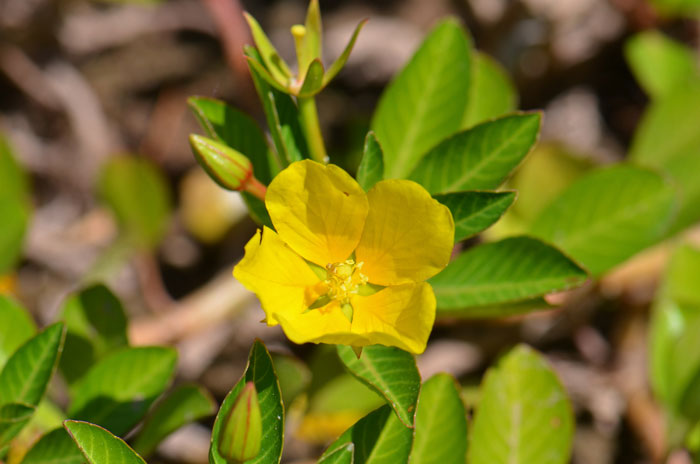
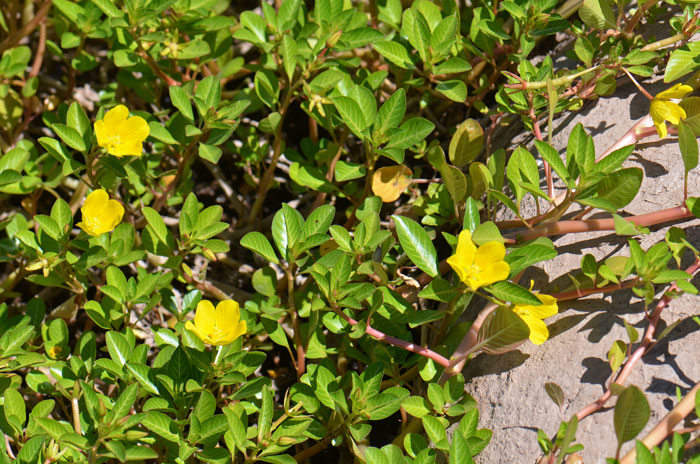
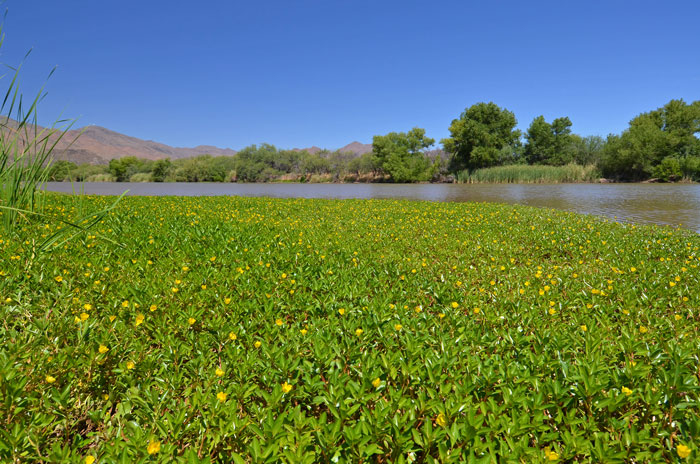
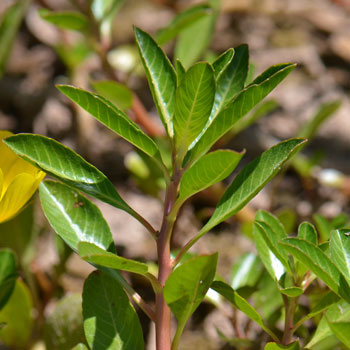
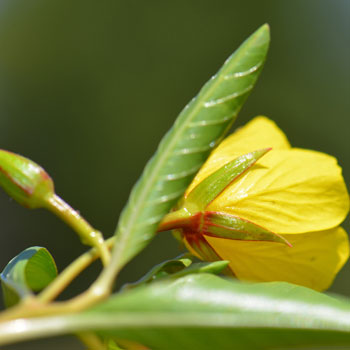
Scientific Name:
Ludwigia peploides
Common Name: Floating Primrose-willow
Also Called: Creeping Waterprimrose, Floating Primrose, Floating Primrosewillow
Family: Onagraceae, Evening Primrose Family
Synonyms: ()
Status: Native, Introduced
Duration: Perennial
Size:
Growth Form: Forb/herb; Floating Primrose Willow may be floating, matted or creeping, stems prostrate or erect and may branch out 9 feet more or less.
Leaves: Green, bright green and shiny; leaves up to 4 inches or so, leaf shape oblong or round, glabrous or with pubescence above.
Flower Color: Yellow, bright yellow; large showy flowers, calyx and corolla with 5 (6) petals and sepals.
Flowering Season: April to October.
Elevation: Below 3,000 feet.
Habitat Preferences: Lakes, lakesides, streams, streambanks and ditches.
Recorded Range: Floating Primrose Willow is native to the southern western states and the central southern states. It is also found as a native or introduced species in South American, Eurasia and Australia.
North America & US County Distribution Map for Ludwigia peploides.
U.S. Weed Information: Ludwigia peploides is listed in: Weeds of Kentucky and adjacent states: a field guide, and Weeds of the United States and Canada. Plants included here may become weedy or invasive. Floating Primrose Willow is now a significant weed in central Arizona waterways.
Invasive/Noxious Weed Information: Floating Primrose Willow is now a significant invasive weed in central Arizona waterways.
Wetland Indicator: In North America Ludwigia peploides has the following wetland designations;
Arid West, OBL; Atlantic and Gulf Coastal Plain, OBL; Eastern Mountains and Piedmont, OBL; Great Plains, OBL; Midwest, OBL; Northcentral & Northeast, OBL and Western Mountains, Valleys, and Coast, OBL.
OBL = Obligate Wetland, almost always occur in wetlands.
Threatened/Endangered Information: No information available.
Genus Information: 32 species in Ludwigia in North America; throughout most of the United States and in British Columbia, Ontario and Quebec. 3 species in Arizona and California, 4 species in New Mexico and 15 species in Texas.
The Plant List includes 341 scientific plant names of species rank for the genus Ludwigia. Of these 91 are accepted species names.
3 sub-species in Ludwigia peploides:
Ludwigia peploides subsp. glabrescens, Floating Primrose-willow (Native: Eastern US);
Ludwigia peploides subsp. montevidensis, Floating Primrose-willow (Introduced: TX, LA);
Ludwigia peploides subsp. peploides, Floating Primrose-willow (Native: AZ, CA, LA, MS, NM, OR, TX).
Comments: Although a native species, Floating Primrose Willow and perhaps an introduced sub-species thereof (Ludwigia peploides subsp. montevidensis), is a serious pest in Arizona and California where it is now quickly spreading and choking entire aquatic ecosystems.

